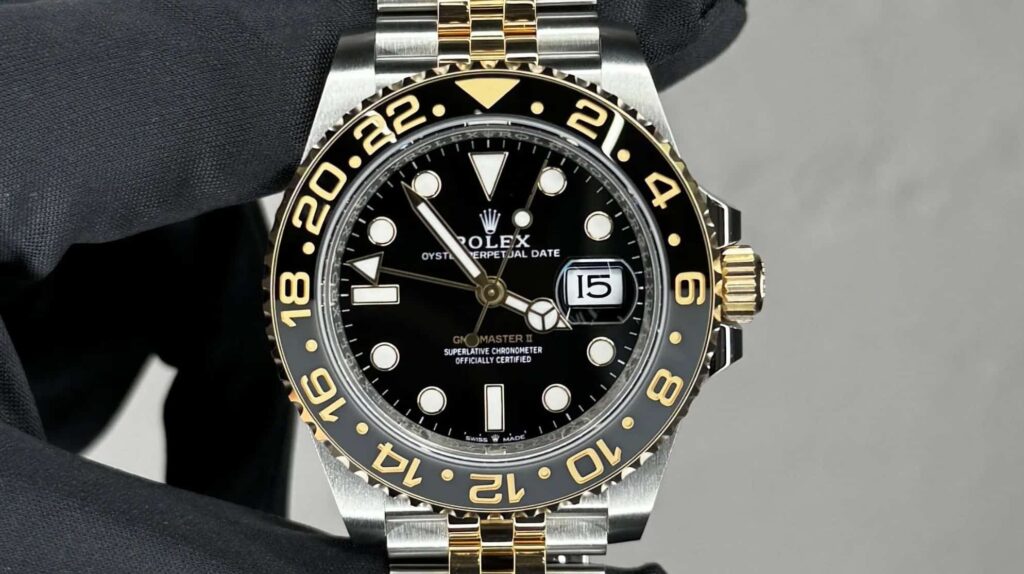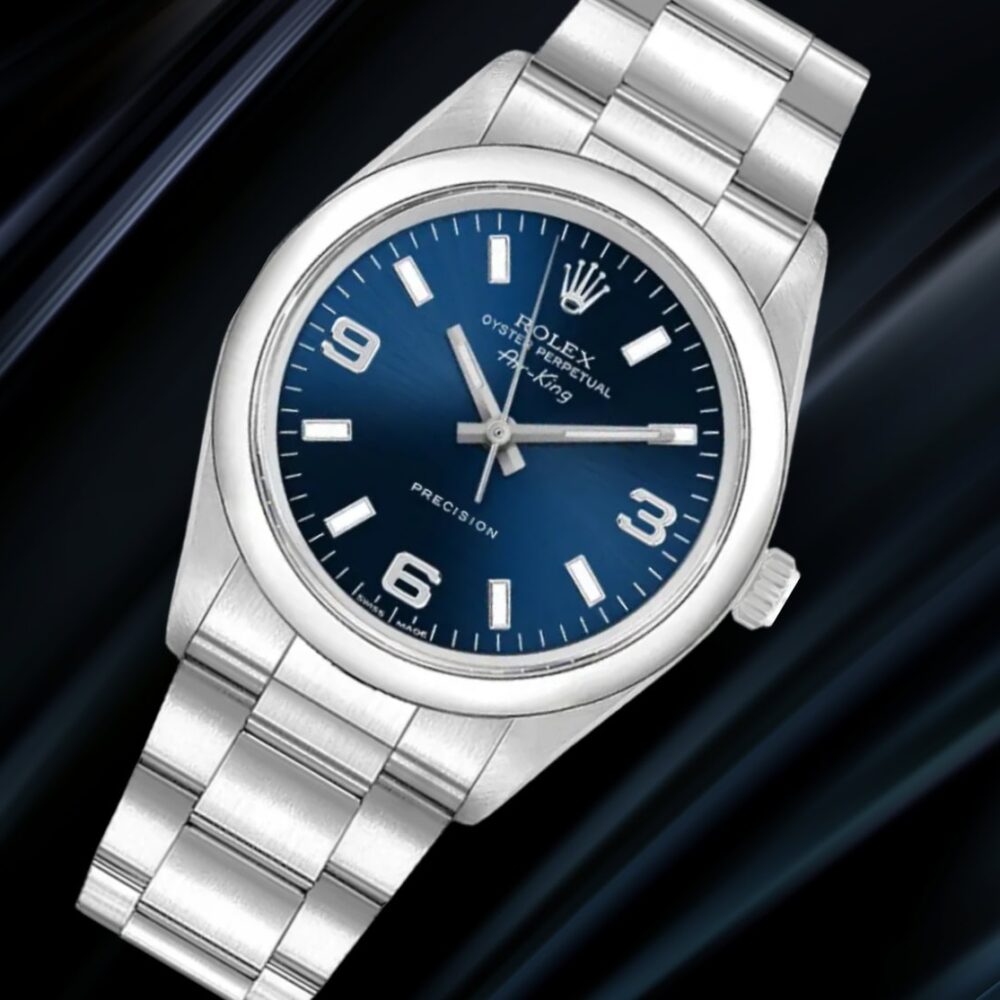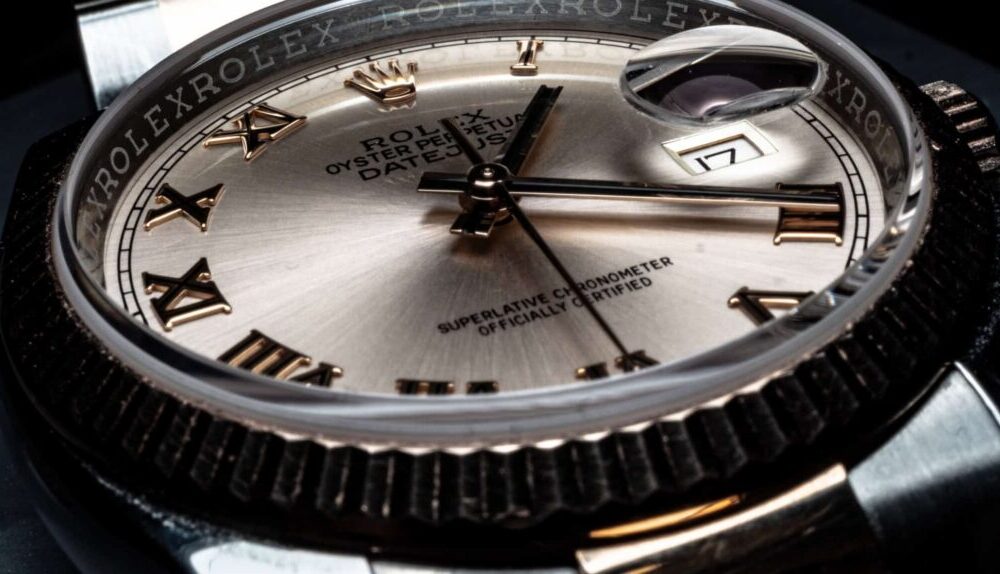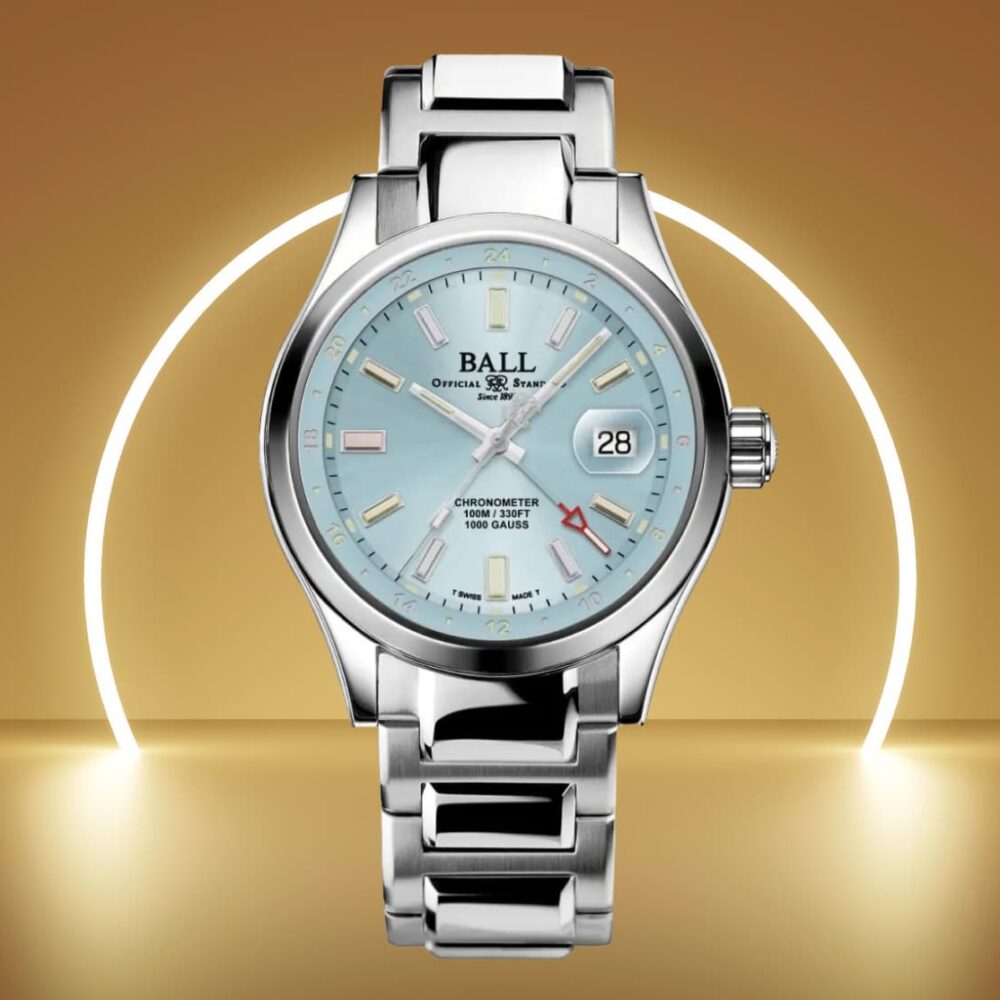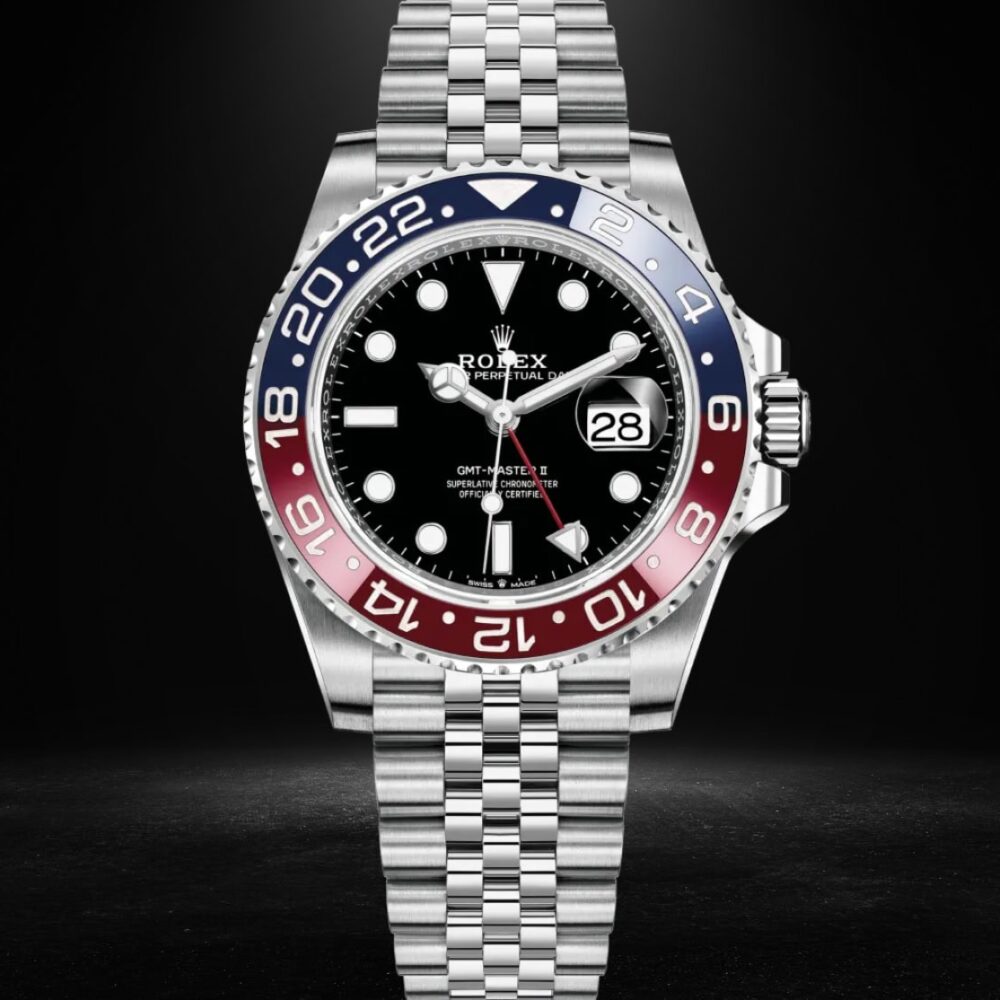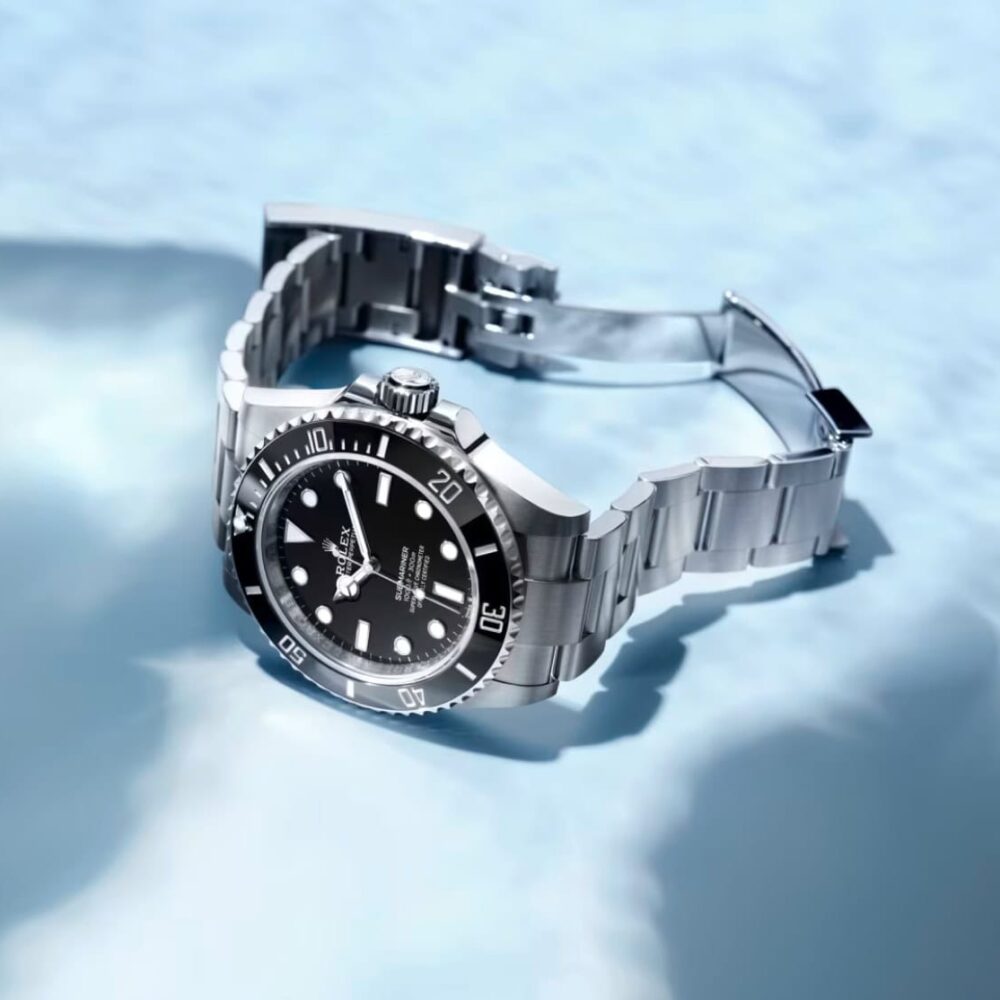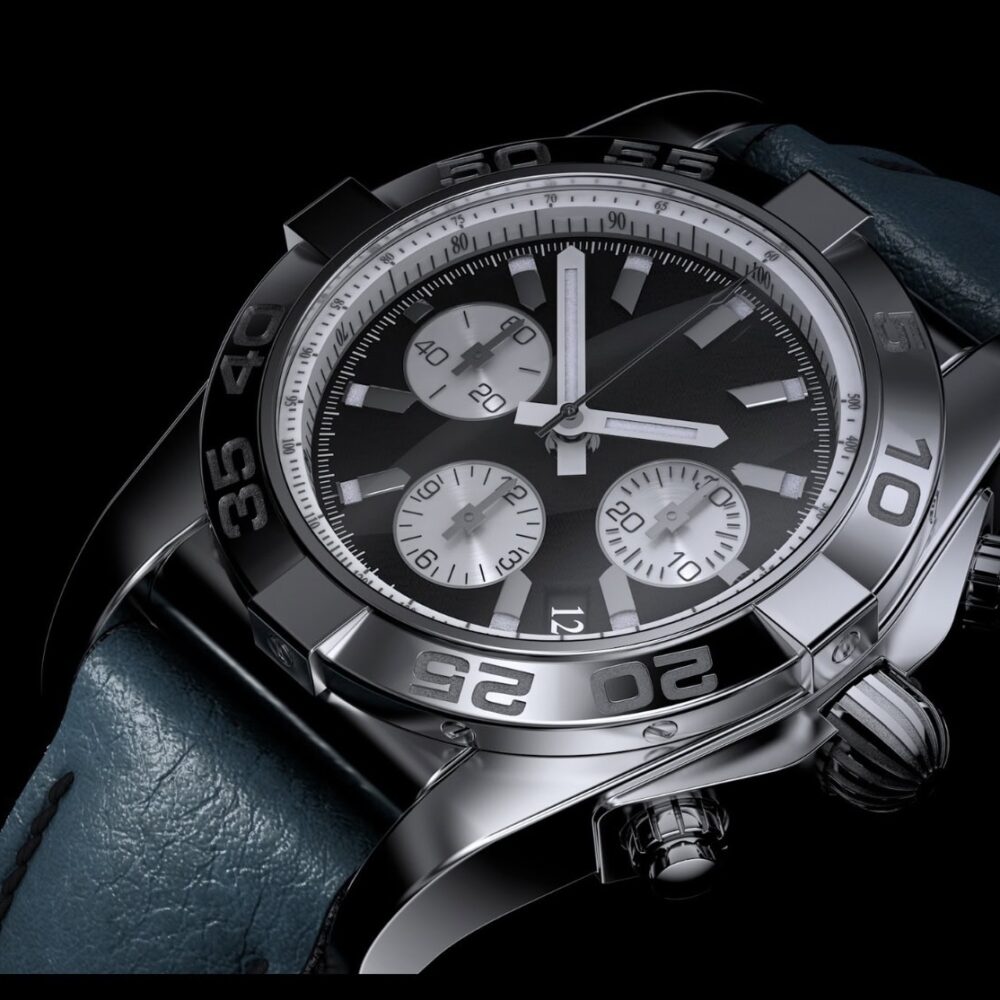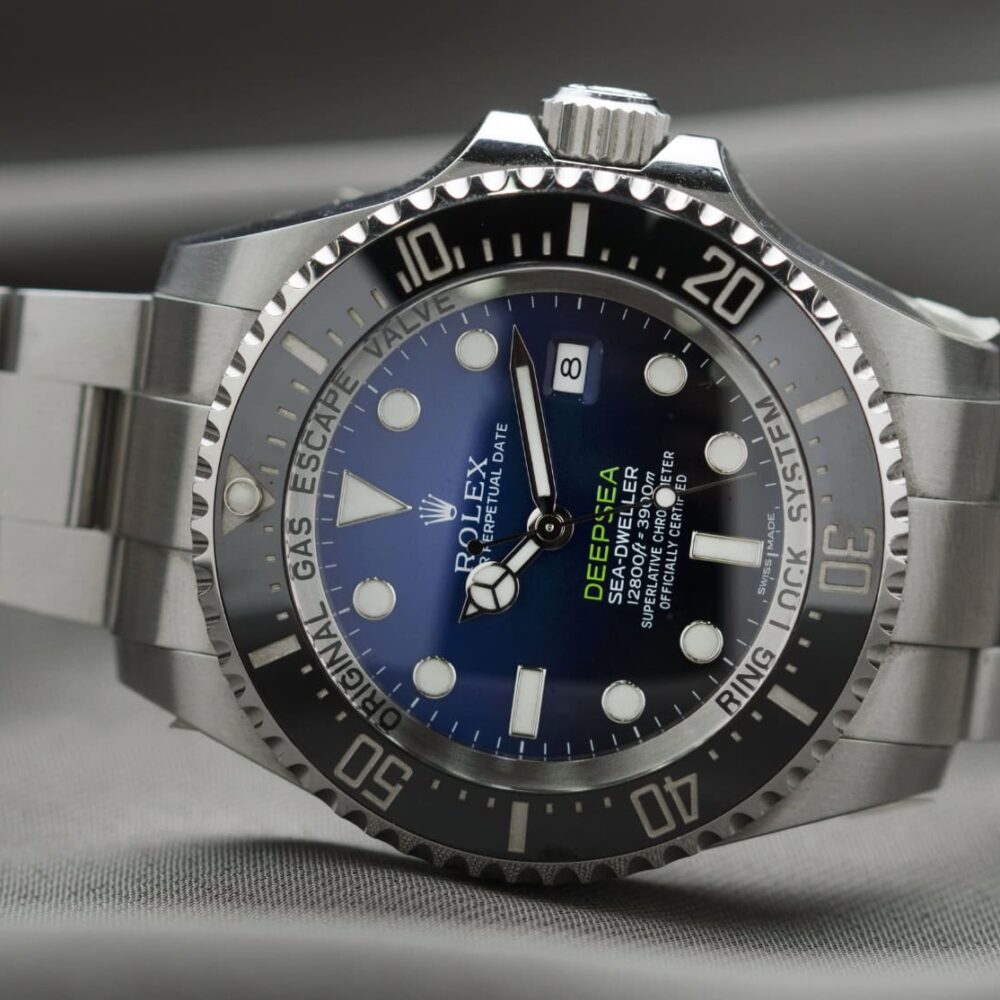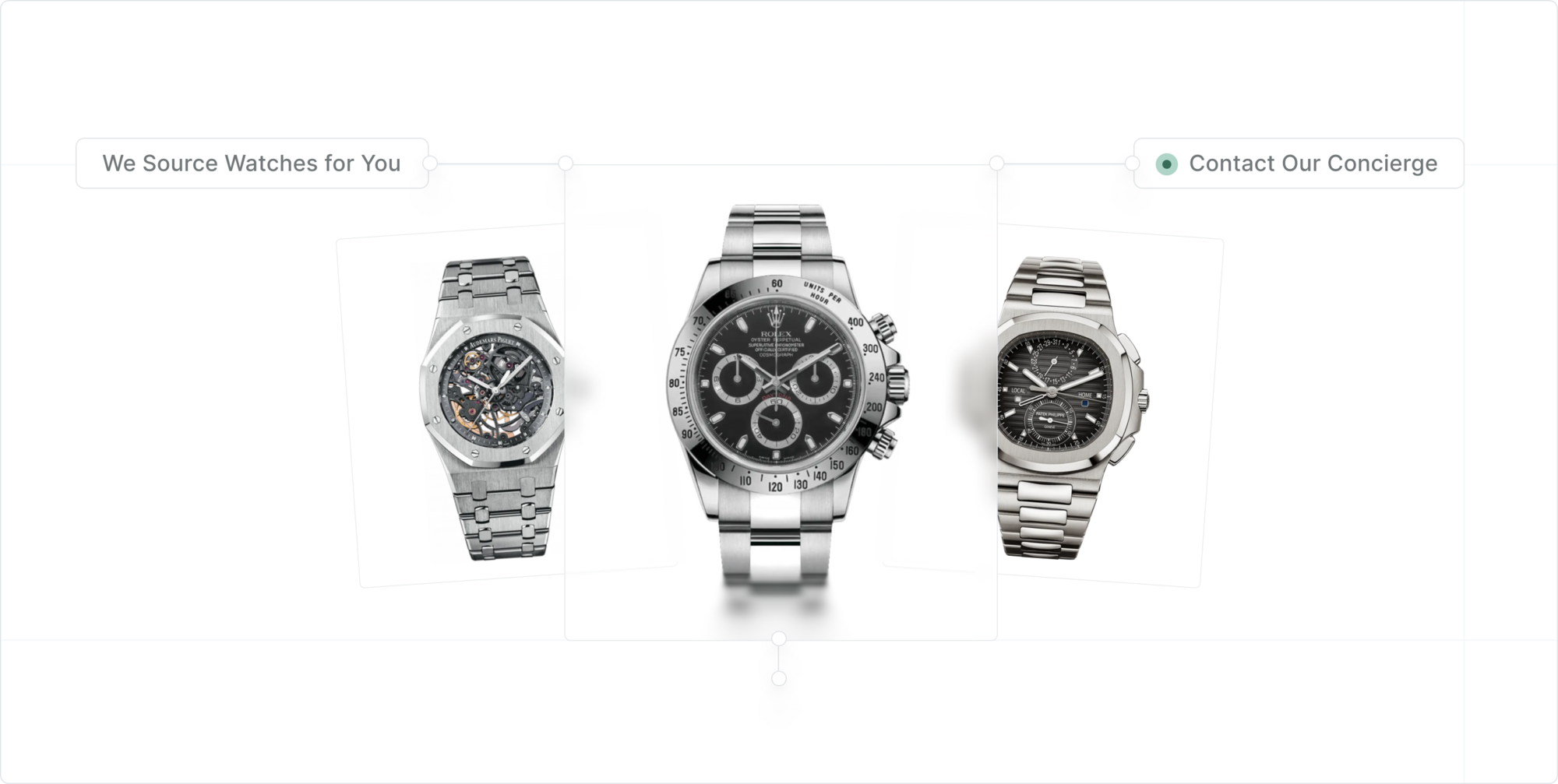The question “Who owns Rolex?” has often been asked by many watch enthusiasts, business strategy analysts and financial markets investors around the world. Rolex possesses a unique ownership structure unlike that of most companies: it is not owned by a wealthy individual or a massive corporation. Instead, Rolex is owned by the Hans Wilsdorf Foundation, an eponymous private charity trust set up by the company’s founder himself in 1945. Rolex directs 100% of its annual profits to the foundation’s charitable endeavors, which operate as a non-profit. This unique model has contributed to the brand’s remarkable stability for over a century and continues to enhance its future prospects.
For collectors, this special ownership model adds an extra ethos of intrigue and value to Rolex watches. Owning a luxury timepiece isn’t just about having a high-end accessory; it’s about being part of a legacy that stretches beyond mere commercialism to weave a compelling tale of groundbreaking innovation. Investors appreciate the foundation’s ownership for its uniqueness among its watchmaking peers and its novel approach to conducting business, which in turn strongly influences the brand’s product design process, long-term financial stability and growth potential.
The Evolution of Rolex: From Wilsdorf & Davis to Today’s Icon
Rolex’s journey began in 1905 in London, England when a young watchmaker named Hans Wilsdorf co-founded a modest watchmaking shop with his brother-in-law, Alfred Davis. From the very start, Wilsdorf envisioned creating wristwatches that were not only extremely reliable and precise but also aesthetically pleasing. The pair’s unwavering dedication to excellence and innovation set the stage for Rolex’s phenomenal success. Under Wildorf’s leadership, Rolex achieved several groundbreaking milestones, including manufacturing the first waterproof watch as well as the first watch with a date function. After four decades of explosive growth that catapulted the Rolex brand and enterprise to international acclaim, Wilsdorf and his advisors established the Hans Wilsdorf Foundation in 1945 with the purpose of upholding his company’s visionary principles and perpetuating the brand’s emphasis on integrity and charity.
Formation of the Hans Wilsdorf Foundation
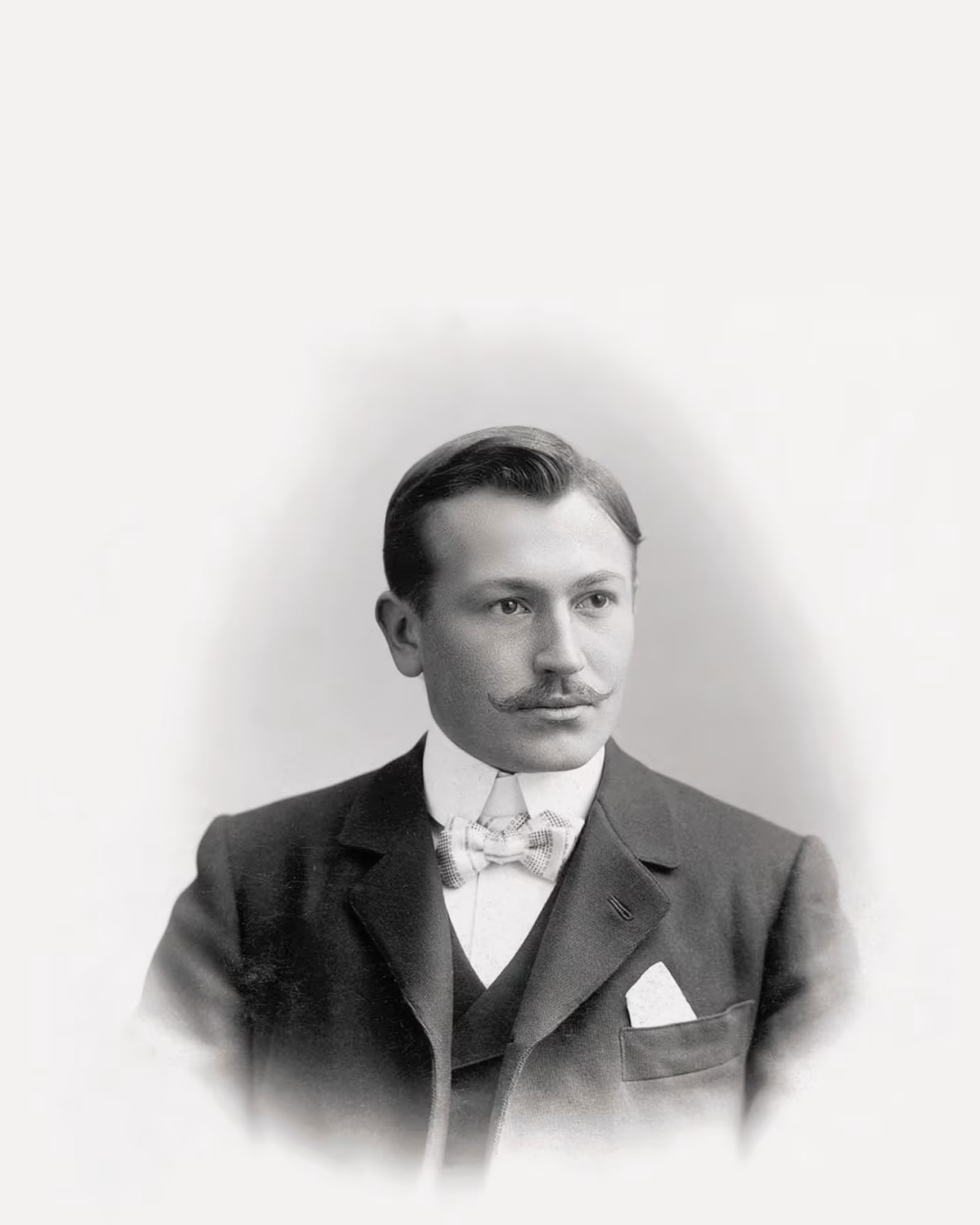
Hans Wilsdorf’s dedication to watchmaking excellence was bested only by his dedication to philanthropy. Motivated by his selfless personal ideals and the lasting legacy he wished to leave behind, Wilsdorf established the Hans Wilsdorf Foundation, a year after his wife, Florence Frances May Wilsdorf-Crotty, passed away. The foundation was created as a charitable trust aimed at advancing scientific research, education and giving to social causes. Not having had any children to inherit his legacy, Wilsdorf endeavored to ensure his life’s work would continue to benefit society.
In 1960 mere months before his passing, Wilsdorf entrusted his entire ownership stake in Rolex to the foundation. This surprising decision allowed it to operate independently of the interests of Rolex financing options for shareholders, focusing on long-term goals rather than short-term profits. Today, the Hans Wilsdorf Foundation still controls Rolex and donates much of its income to charitable causes in Geneva.
This structure provides Rolex with several advantages:
No Corporate Taxes: As a foundation-owned entity, Rolex is exempt from corporate taxes.
Privacy in Financial and Charitable Disclosures: The foundation is not legally required to disclose its financials or donations.
Long-term Stability: Rolex is able to make unencumbered strategic decisions that soundly align with its enduring foundational principles of quality and innovation.
How Rolex Operates Under the Foundation
Despite being owned by the Hans Wilsdorf Foundation, Rolex operates autonomously, akin to an independent business entity. Since its formal enterprise establishment in Geneva in 1920, Rolex has forged its well-earned international reputation as a legendary watch manufacturer, all while keeping operations based exclusively in its birthplace of Switzerland. Employing over 9,000 highly skilled workers, the brand blends state-of-the-art Swiss facilities and manufacturing processes with time-honored expert chronometry craftsman techniques to create its renowned timepieces.
Autonomy in Operations: The board of the directors of the Hans Wilsdorf Foundation plays only an advisory support role to Rolex executives, yielding to them complete freedom and independence in directing day-to-day operations. This autonomy extends to all aspects of the business from product development to production to marketing to customer service, ensuring that Rolex maintains its high standards and innovative edge without external interference.
Reinvestment of Profits: Rolex generously reinvests its profits, fueling pioneering horological advancements, particularly in developing in-house mechanical movements. This reinvestment strategy ensures continuous innovation and upholds the brand’s reputation for watchmaking excellence.
Self-funding Model: Operating with no debt on its books, Rolex fully self-funds its operations and investments. This financial independence supports the vertical integration of production processes and the acquisition of premium materials, ensuring unmatched quality and control over every aspect of its watchmaking.
Innovation and Research: In 2010, Rolex established its own science institute, bringing together in-house experts in physics, chemistry and engineering. This groundbreaking initiative has significantly advanced not only wristwatch technology but timekeeping technology as a whole, making Rolex a lasting global innovation leader and maintaining its century-long status as a premier watchmaker.
Leadership: Steering the Rolex Legacy
While ownership of the Rolex enterprise belongs entirely to the Hans Wilsdorf Foundation, the firm’s operational leadership is managed by its executives based at its Geneva headquarters. Since 2015, Jean-Frédéric Dufour has been leading the company as CEO, bringing over two decades of industry experience from his time at another prestigious Swiss watch brand. Under his leadership Rolex has continued to thrive, with a strong focus on innovative product development that remains true to the brand’s heritage while also pushing the boundaries of modern watchmaking. Despite Dufour’s reserved public persona, his influence is evident in the brand’s ongoing success and continuing standards of excellence.
Discover the World of Rolex: Insights for Enthusiasts and Investors
Understanding Rolex’s uncommon ownership structure provides valuable insights into how the brand has incredible stability and growth potential. As a watch enthusiast and investor, you can delve deeper into the world of Rolex, its imaginative timepieces and the sound investment opportunities they provide by visiting our Web3 marketplace. Our platform offers cutting-edge tools for tracking and trading high-end timepieces, providing real-time performance data and historical market insights. Join our community today and elevate your watch collection to new heights.
Explore Watches.io and unlock the potential of your watch investments.
FAQs on Who Owns Rolex
Who is the CEO of the Rolex watch company?
Jean-Frédéric Dufour is the current CEO of Rolex and has been leading the company since 2015
Who are the main shareholders of Rolex?
Rolex is owned entirely by the Hans Wilsdorf Foundation, a private charitable trust with no external shareholders.
Why does Rolex donate 90% of its profits?
Rolex donates 90% of its profits through the Hans Wilsdorf Foundation, honoring the philanthropic vision of its founder, Hans Wilsdorf. This substantial contribution supports hundreds of charitable causes in Switzerland and around the world, embodying the brand’s commitment to social responsibility and positive global impact.
Is Rolex publicly owned?
No, Rolex is privately owned by the Hans Wilsdorf Foundation.
Who owns the most expensive Rolex watch?
Cristiano Ronaldo owns the most expensive Rolex watch in the world. This Rolex, the most expensive ever sold at auction, is the iconic “Paul Newman” Daytona owned by famous actor Paul Newman himself, which sold for $17.8 million in 2017.
How does the ownership structure impact Rolex’s business strategies?
Rolex’s unorthodox firm ownership structure allows it to focus on long-term goals and maintain high standards of quality and innovation without the encumbrances or pressures of having to address any short-term shareholder demands.

